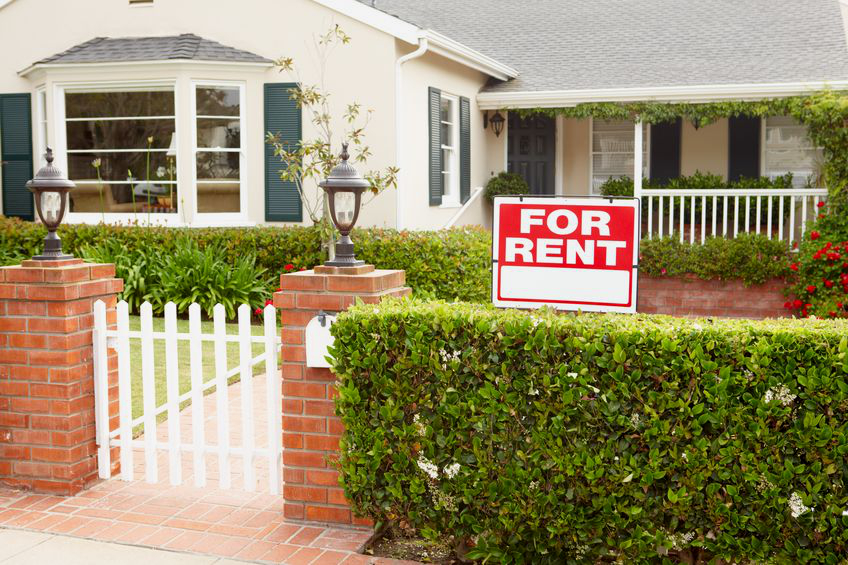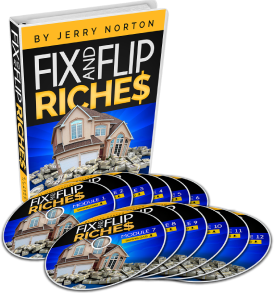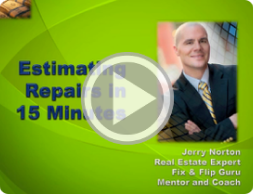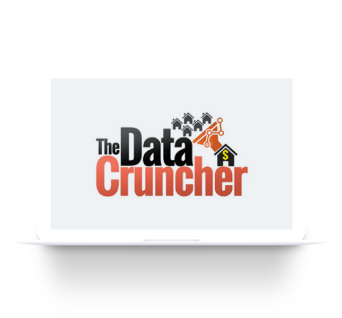
Wholesaling Houses to Landlords
March 26th, 2021
In this article, you’ll learn how to wholesale houses to landlords. It includes tips for positioning deals as rental properties, and the terms you need to know when dealing with landlords...
When wholesaling houses, there are different strategies for different types of buyers (fix and flip, landlords, and retail). Today, we’re going to focus on landlords, also known as “buy and hold” investors.
Note: Check out this article to learn about other types of buyers.
Landlords (“Buy & Hold” Investors)
Landlords buy houses with the intent to keep them long-term and rent them. They analyze deals based on cash flow. Typically, they buy in lower income neighborhoods to maximize their cash flow. Unlike Fix & Flippers, they look at numbers like annual rate of return and net operating income (NOI).
Cap Rate Formula
Cap rate is usually associated with commercial investing, but is also used for single-family houses. Cap rate is the rate of return based on the income the property is expected to generate. It’s used to estimate the landlord’s potential return on investment (ROI). For example, if a property earns $10,000 in annual net income and the cost to acquire the property (capital investment) is $100,000, then the cap rate is 10 and the ROI is 10%.
Wholesaling Cap Rate Formula
There are 4 steps to wholesaling a deal to a landlord who uses cap rate.
STEP 1: Determine Net Operating Income (NOI)
NOI is net income after subtracting operating expenses (such as maintenance, vacancy, property taxes, property management) from the gross income. For example, if rent is $800/month and operating expenses are $500/month, the NOI is $300/month.
STEP 2: Determine Investor’s Desired Cap Rate
As a general rule of thumb, a 10-cap is standard. However, the riskier the investment, the higher the desired cap rate and the safer the investment, the lower the cap rate.
STEP 3: Determine Investor’s Total Capital Investment
Once you know the projected annual NOI and the investor’s cap rate, you can calculate total capital investment. This is done by taking NOI / Cap Rate = Capital Investment: For example, if the annual NOI is $5,000 and the cap rate is 10, then take $5,000 / .10 which equals $50,000. In other words, if the landlord spends $50,000 to acquire a property that will produce $5,000/year NOI, and they will earn a 10% ROI.
STEP 4: Determine Wholesale Buy Price
Once you know the landlord’s capital investment, subtract out repairs and your wholesale fee. For example, if the total capital investment is $50,000, repairs are $15,000 and the wholesale fee is $5,000, then the buy price is $30,000. ($50,000 - $15,000 - $5,000 = $30,000) Once you’ve completed these 4 steps, then calculate the wholesale cap rate buy price. Here is the formula to follow: (NOI / Cap Rate) – Repairs – Wholesale Fee = Wholesale Buy Price
Shortcut to the Wholesaling Cap Rate Formula
Many landlords, especially more experienced ones, already know their total capital investment. Once you know what that number is, all you have to do is subtract out the repairs and wholesale fee to determine your buy price.
Video Tip
Watch this video with Jerry Norton where he walks you through the process of wholesaling houses to landlords.
Let Jerry Be the Buyer
Whether you’re flipping to landlords or rehabbers, finding buyers is one of the biggest obstacles for wholesalers. If you’d rather skip the work, then let Jerry Norton be your buyer. He has a program called 10k Club where he will pay you a $10,000 finder’s fee just for finding deals!




